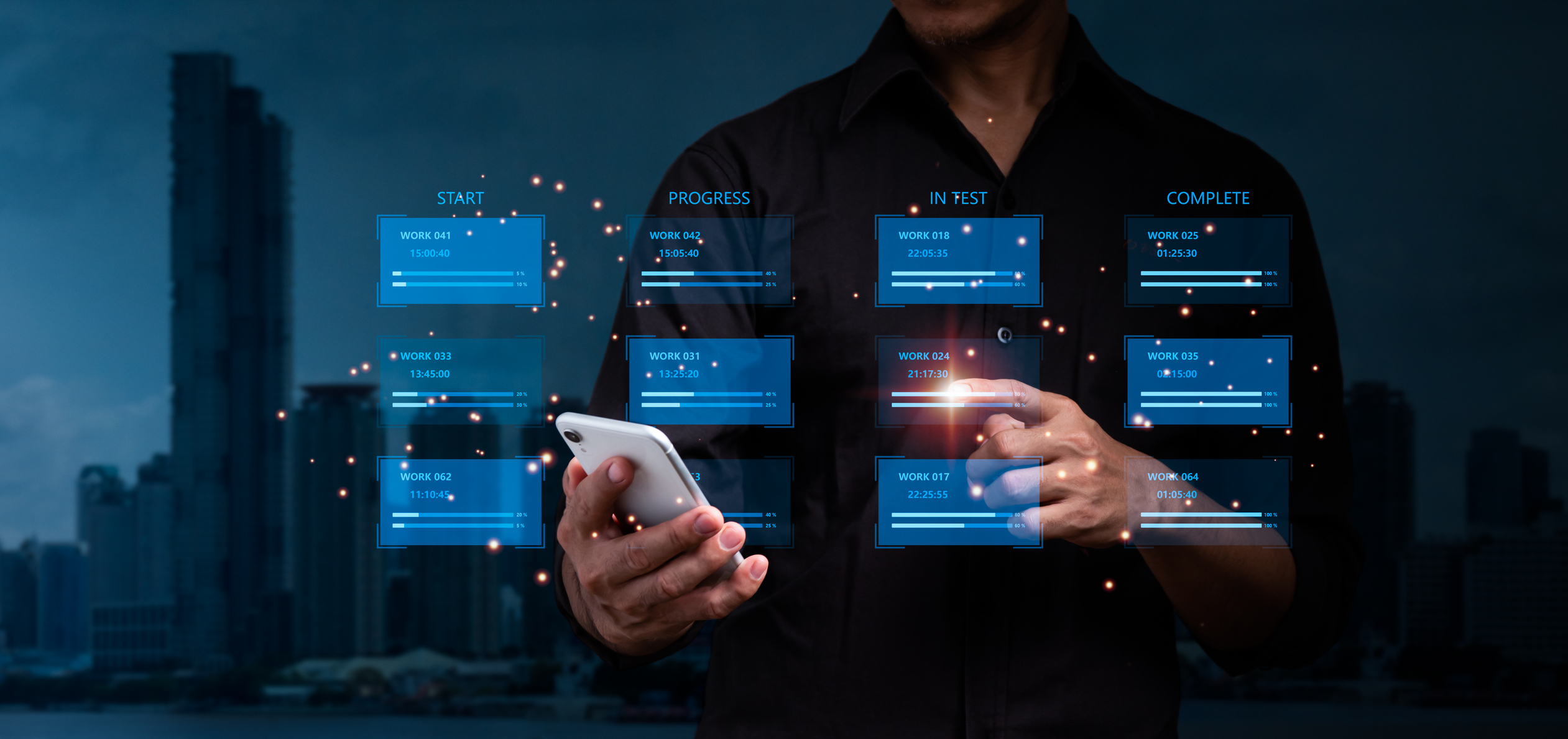The value of an idea is not in its
creation but how we bring it to fruition.
or small improvement in the process with high merits.

Our approach
Tibura creates a culture that fosters more collaborative and engaged workforce, where everyone feel valued and heard By encouraging everyone to contribute, Tibura can benefit from a diverse range of perspectives and ideas, that can help to identify new opportunities, solve problems, and drive innovation.

Agile Development
Following an agile development approach helps us quickly adapt to the changing customer needs and delivery software products that meet their evolving matured business requirements
Devops
We strictly follow devops pipeline to build, test & deploy software changes quickly so that we can identify and fix any issues resulting in a faster and more reliable deliverable.

Colloborative Approach
Working closely with the stakeholders throughout the entire cycle getting feedback and ensures that development is on the right track and is aligned with the vision of the users.

User Centric Designs
Write user stories that precisely states the desired functionality from the user perspective and ensure deliverables meet the users’ expectations.
“Having a standard approach to software development is like having a map for a journey – it provides direction, consistency, and clarity in navigating the complex terrain of code, making the process more efficient, effective, and ultimately, successful.”
How we work
From ideation to delivery
Our matured Tibura development framework help transits everyone the process of taking an idea from conception to implementation
1
Ideation
A critical stage in the cycle that help in generating and refining ideas, exploring potential opportunities, and identifying customer needs and pain point
2
Conceptualization
Ideas are fleshed out into a more concrete concept. The concept is defined, refined, and validated against market needs and customer feed
3
Planning
Detailed plan is developed that outlines the resources, timeline, and milestones for executing the concept and it includes the scope of the project, the budget, and the team members responsible for each
4
Execution
An action to plan that is put into action. The team members work together to develop the product or service, test it, and refine it as needed
5
Launch
Bring it to the users. Let users go test the system with accepted user cases refine it and bring it to to live.
6
Maintenance
Put on a maintenance mode. Regular Feedback is collected from customers and improvements are made as necessary
HOW DO WE EXECUTE THE PLAN
Product backlog refinement
In this stage, the customer and the development team work together to clarify the requirements and prioritize the features that will be included in the next sprint. The customer provides feedback on the existing product backlog and adds new user stories or requirements as needed.
Sprint planning
The team and the customer collaborate to plan the next sprint, including defining the goals, selecting the user stories to work on, and estimating the effort required. The customer provides guidance on the priority of the user stories and any dependencies or constraints that need to be considered
Sprint Execution
The development team works on the selected user stories during the sprint. They use agile development practices such as daily stand-up meetings, pair programming, and continuous integration to deliver working software incrementally. The customer provides feedback on the work in progress and adjusts the priorities as needed.
Sprint review
At the end of the sprint, the team and the customer review the completed user stories and demonstrate the working software. The customer provides feedback on the features and functionality, and the team uses this feedback to make improvement
Sprint Retrospective
The team and the customer reflect on the sprint and identify areas for improvement. They discuss what went well, what didn’t go well, and what changes can be made to improve the process. The customer provides feedback on the development team’s performance and the overall progress of the project.
This cycle is iterative and ongoing, as the team and the customer continue to work together to deliver working software incrementally and adapt to changing requirements and feedback
In a world that never stops moving, don’t get left behind – trust Tibura to deliver solutions with a more matured and accepted agile development cycle and get your deliverables at lightning speed

Our Industries
Industries we serve
We leverage our extensive experience in specific industry verticals to provide customized solutions that are perfectly suited to your organization.
- e-commerce
- Apparel fashion goods
- Retail Industries
- Finance Services
- Insurance Services
- Logistics
